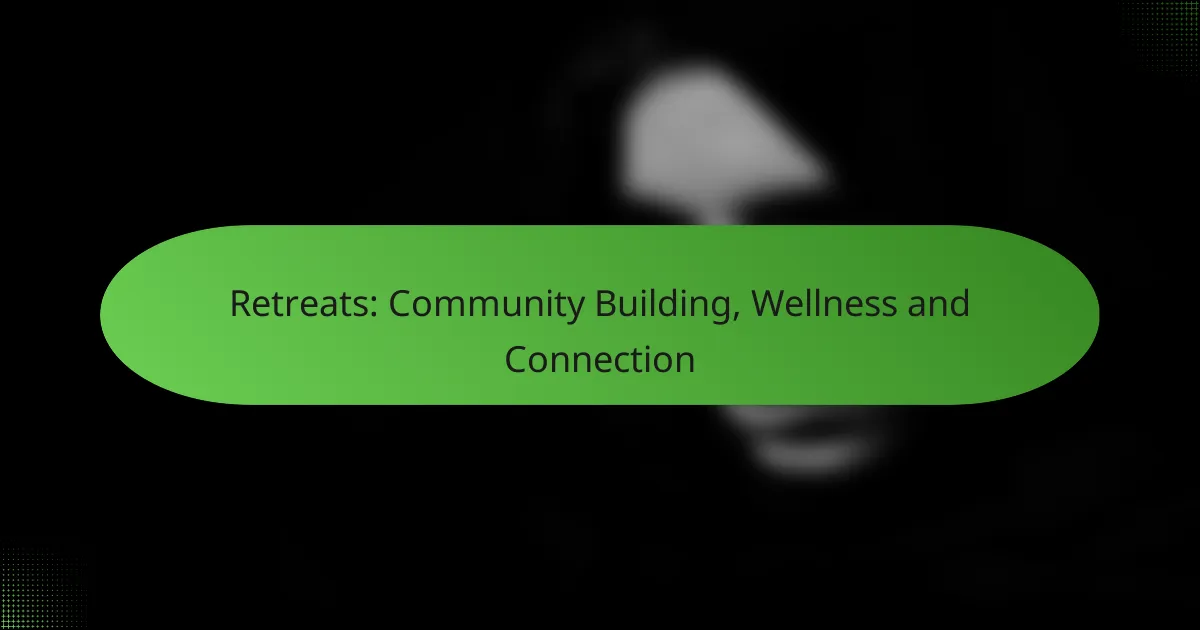Creating safe spaces for spiritual discussions in schools is essential for fostering an environment that respects diverse beliefs and encourages open dialogue. By implementing inclusive policies and providing resources that support various spiritual perspectives, schools can enhance student well-being and strengthen community relationships. Effective strategies, such as integrating mindfulness practices and hosting interfaith events, further promote inclusivity and spiritual support among students.

How Can Schools Create Safe Spaces for Spiritual Discussions?
Schools can create safe spaces for spiritual discussions by fostering an environment that respects diverse beliefs and encourages open dialogue. This involves implementing inclusive policies, training staff, and providing resources that support various spiritual perspectives.
Implement inclusive policies
Inclusive policies are essential for establishing a safe space for spiritual discussions. Schools should develop guidelines that explicitly protect students’ rights to express their beliefs without fear of discrimination or ridicule. This can include anti-bullying measures and clear protocols for addressing any incidents of intolerance.
Additionally, policies should promote respect for all faiths and encourage participation in discussions about spirituality. Regular reviews and updates to these policies can help ensure they remain effective and relevant.
Train staff on inclusivity
Training staff on inclusivity is crucial for creating a supportive environment for spiritual discussions. Educators should receive professional development that focuses on understanding diverse spiritual beliefs and recognizing their significance to students’ identities. This training can help staff respond appropriately to students’ needs and facilitate respectful conversations.
Workshops and seminars can provide practical strategies for handling sensitive topics and creating an inclusive classroom atmosphere. Engaging staff in ongoing discussions about inclusivity can further enhance their skills and awareness.
Facilitate open dialogue
Facilitating open dialogue allows students to share their spiritual beliefs in a safe and respectful manner. Schools can organize regular discussion groups or forums where students feel comfortable expressing their thoughts and experiences. These gatherings should be structured to promote active listening and respectful exchanges.
Encouraging students to ask questions and share their perspectives can foster a deeper understanding of different beliefs. Schools should ensure that these discussions are moderated to maintain a respectful tone and prevent any form of hostility.
Provide resources for diverse beliefs
Providing resources for diverse beliefs is vital for supporting students’ spiritual journeys. Schools can create a library of materials that represent various faiths and spiritual practices, including books, articles, and multimedia resources. This collection should be accessible to all students and staff.
Additionally, inviting guest speakers from different spiritual backgrounds can enrich students’ understanding and appreciation of diversity. Schools should consider partnerships with local religious organizations to facilitate these opportunities.
Encourage student-led initiatives
Encouraging student-led initiatives empowers students to take ownership of their spiritual discussions. Schools can support clubs or groups focused on various spiritual beliefs, allowing students to organize events, discussions, and activities that reflect their interests. This fosters leadership skills and a sense of community.
Providing funding or resources for these initiatives can enhance their impact and reach. Schools should celebrate these efforts through school-wide events, showcasing the diversity of beliefs within the student body and promoting a culture of inclusivity.

What Are the Benefits of Inclusivity in Schools?
Inclusivity in schools fosters a supportive environment that benefits students, educators, and the broader community. By embracing diverse backgrounds and perspectives, schools can enhance student well-being, improve academic performance, and strengthen community relationships.
Enhanced student well-being
Inclusivity promotes a sense of belonging among students, which is crucial for their emotional health. When students feel accepted and valued, they are more likely to engage positively with their peers and teachers, leading to lower levels of anxiety and depression.
Schools can enhance well-being by implementing programs that celebrate diversity, such as cultural awareness days or support groups. These initiatives encourage students to share their experiences and foster empathy among classmates.
Improved academic performance
Research indicates that inclusive environments can lead to better academic outcomes. When students feel safe and supported, they are more likely to participate actively in class and take academic risks, which can enhance learning.
To maximize academic performance, schools should provide tailored support for diverse learners, including differentiated instruction and access to resources like tutoring. Regular assessments can help identify areas where students may need additional assistance.
Stronger community relationships
Inclusivity in schools extends beyond the classroom, fostering stronger ties with families and the local community. When schools actively engage with diverse groups, they build trust and collaboration, which can lead to increased parental involvement and community support.
Schools can strengthen these relationships by hosting community events that invite families to participate in school activities. This not only enhances the school’s reputation but also creates a network of support that benefits all students.

What Strategies Promote Spiritual Support in Educational Settings?
Effective strategies for promoting spiritual support in educational settings include integrating mindfulness practices, offering counseling services, and hosting interfaith events. These approaches foster an inclusive environment where students can explore their spiritual beliefs and receive the support they need.
Integrate mindfulness practices
Integrating mindfulness practices into the school curriculum can enhance students’ spiritual well-being. Techniques such as meditation, deep breathing exercises, and yoga can help students manage stress and increase self-awareness.
Schools can implement short mindfulness sessions during the day, such as five-minute breathing breaks or guided meditations. These practices not only support spiritual growth but also improve focus and emotional regulation among students.
Offer counseling services
Offering counseling services is essential for providing spiritual support in schools. Trained counselors can help students navigate their spiritual journeys, address personal challenges, and foster a sense of belonging.
Schools should ensure that counseling services are accessible and promote them actively. Regular workshops on topics like coping strategies, self-discovery, and spirituality can also enhance students’ understanding and acceptance of diverse beliefs.
Host interfaith events
Hosting interfaith events encourages dialogue and understanding among students of different spiritual backgrounds. These events can include discussions, workshops, and celebrations of various religious holidays, fostering inclusivity.
Schools can collaborate with local religious organizations to create a calendar of interfaith activities. This not only enriches the school community but also helps students appreciate diverse perspectives and develop empathy towards others.

How Do Schools Address Challenges in Implementing Safe Spaces?
Schools tackle challenges in creating safe spaces by identifying barriers, developing actionable plans, and engaging with parents and the community. These strategies help foster an inclusive environment where spiritual discussions and support can thrive.
Identify common barriers
Common barriers to implementing safe spaces in schools include lack of resources, insufficient training for staff, and resistance from some community members. Schools may also face challenges related to diverse student needs and varying levels of acceptance among students.
For example, a school might struggle to provide adequate training for teachers on how to facilitate sensitive discussions. Additionally, differing cultural backgrounds can lead to misunderstandings about what constitutes a safe space.
Develop action plans
Creating effective action plans involves setting clear goals, allocating resources, and establishing timelines. Schools should prioritize training programs that equip staff with the skills needed to manage discussions around spirituality and inclusivity.
Action plans could include workshops, peer mentoring programs, and regular feedback sessions with students to assess the effectiveness of the safe spaces. Schools should also consider forming committees that include diverse voices to ensure all perspectives are represented.
Engage with parents and community
Engaging parents and the community is crucial for the success of safe spaces in schools. Schools can host informational sessions to educate families about the importance of inclusivity and spiritual discussions, fostering a supportive environment.
Collaboration with local organizations can also enhance resources available to schools. For instance, partnerships with community groups can provide additional training and support, helping to bridge gaps between school initiatives and community expectations.

What Frameworks Support Inclusivity and Spiritual Discussions?
Frameworks that promote inclusivity and spiritual discussions in schools focus on creating environments where diverse beliefs and backgrounds are respected. These frameworks guide educators in fostering supportive spaces that encourage open dialogue and understanding among students.
Equity and diversity frameworks
Equity and diversity frameworks aim to ensure that all students, regardless of their backgrounds, have equal access to opportunities and resources. These frameworks often include policies and practices that recognize and celebrate differences in culture, religion, and personal beliefs.
Implementing equity and diversity frameworks involves training staff on cultural competency and developing curricula that reflect diverse perspectives. Schools might conduct regular assessments to identify gaps in inclusivity and make necessary adjustments to their programs.
For effective implementation, schools should engage with the community to gather input and feedback. This could involve forming advisory committees that include parents, students, and local leaders to ensure that the frameworks are relevant and effective in addressing the needs of all students.



